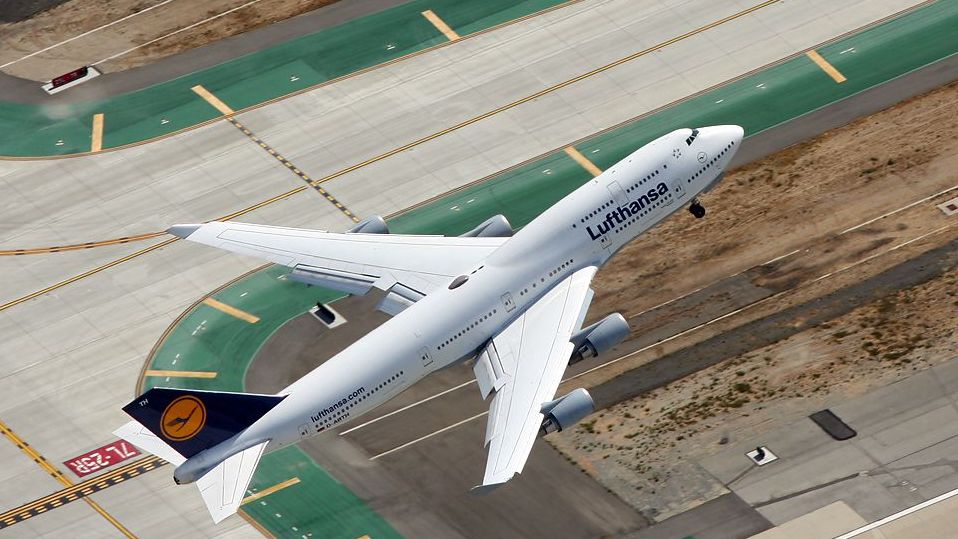Eight Commercial Planes Nearing Retirement – Fly Them While You Can

As the demand for air travel continues to soar, airlines worldwide are scrambling to meet the increasing need for passenger aircraft. Yet, despite the surge in new airplane deliveries, several factors—such as supply chain issues, engine problems, labor strikes, and regulatory delays—have hindered the speedy introduction of new planes. As a result, many airlines are extending the service lives of older aircraft to ensure sufficient fleet capacity. This means that some iconic aircraft types, once staples of the commercial aviation industry, are now becoming increasingly rare in the skies.
Here’s a look at eight commercial aircraft types that are still flying but on their way to retirement. If you want to experience one of these classic planes, time is running out.
1. Fokker 70/100
The Fokker 100, a regional jet built by the Dutch aircraft manufacturer Fokker, first flew in 1986. Known for its short-field capabilities and adaptability, the Fokker 100 has survived longer than many expected, with 57 remaining in service. Its smaller sibling, the Fokker 70, is even rarer, with only 17 still flying, mostly in Australia where Alliance Airlines operates them for fly-in-fly-out services. The Fokker family may soon be relegated to aviation history, but for now, these planes continue to provide regional connectivity.
2. Boeing 717-200
Originally designed as the McDonnell-Douglas MD-95, the Boeing 717-200 found limited success upon its release, with only 155 built. While production ended in 2006, 83 remain in service, primarily with Delta Air Lines, which operates 67 of these aircraft. Hawaiian Airlines also uses the 717 for inter-island flights. However, QantasLink recently retired its 717 fleet in favor of newer aircraft, signaling the end of an era for this smaller regional jet.
3. British Aerospace 146
The British Aerospace 146, a four-engine regional aircraft, was designed for short-field operations, making it a valuable asset at airports with limited infrastructure. Although newer regional jets have mostly replaced the 146, five examples are still in passenger service, including two operated by Aerovias DAP in Chile for tourist flights to remote destinations like Antarctica. The 146 is becoming increasingly rare, and its days in the skies are numbered.
4. Airbus A318
The Airbus A318, the smallest member of the A320 family, was launched in 1997. Despite its commonality with other A320 variants, the A318 never gained widespread popularity due to high operating costs and poor economics. Only five A318s remain in service, mostly with Air France, which uses them for domestic and European flights. As Air France phases out its A318s, the aircraft’s presence in commercial service is dwindling rapidly.
5. Boeing 737-200
Once a pioneering aircraft, the Boeing 737-200 was the jet that launched many airlines into the modern age of aviation. Although the 737-200 ceased production in 1988, a handful of these vintage planes still operate today. Air Inuit and Nolinor Aviation in Canada continue to fly the 737-200 on domestic routes, often to remote areas where newer aircraft cannot operate. The remaining 737-200s are primarily used for specialized charter services, and their operational lifespan is nearing its end.
6. Airbus A310
Introduced in 1983, the Airbus A310 was one of the first widebody twinjets and played a crucial role in shaping long-haul air travel. Production ended in 1998, but several A310s remain in service, primarily with carriers in Iran and Afghanistan. These aircraft, once a common sight on international routes, are now rare, with only ten remaining in active passenger service worldwide.
7. Airbus A340
The Airbus A340 was once a key player in the long-haul market, thanks to its four engines and impressive range. However, the rise of more fuel-efficient twin-engine jets like the Boeing 777 and Airbus A350 led to a decline in A340 demand. Today, only 55 A340s remain in service, with most operating in Europe, the Middle East, and Iran. As airlines continue to modernize their fleets, the A340 will soon be a thing of the past.
8. Boeing 747-400
Arguably the most iconic aircraft in aviation history, the Boeing 747-400 was the go-to widebody airliner for international flights for decades. With 694 built, the 747-400 was a mainstay in global fleets until more efficient aircraft, like the Boeing 777, took over many of its routes. While some 747-400s are still flying with Lufthansa, Atlas Air, and a few other operators, the aircraft’s retirement is inevitable as airlines move toward more modern, fuel-efficient models.
These classic aircraft are slowly disappearing from the skies, making each flight a rare opportunity to experience aviation history. As airlines continue to modernize their fleets, these iconic planes will soon be relegated to the past.
Related News: https://suspicious-zhukovsky.67-21-117-18.plesk.page/category/air-travel-business/aircraft-finance/, https://suspicious-zhukovsky.67-21-117-18.plesk.page/category/magazineonline/aircraft/
